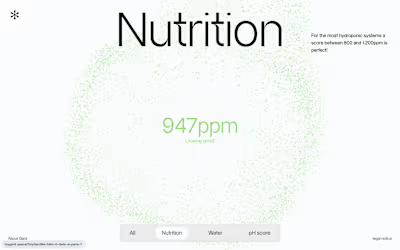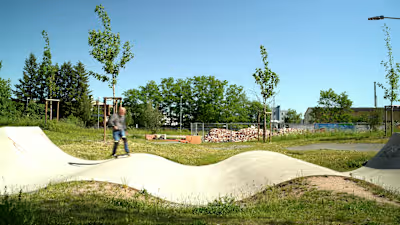Refactoring Smarthome, BA "Communication Design"
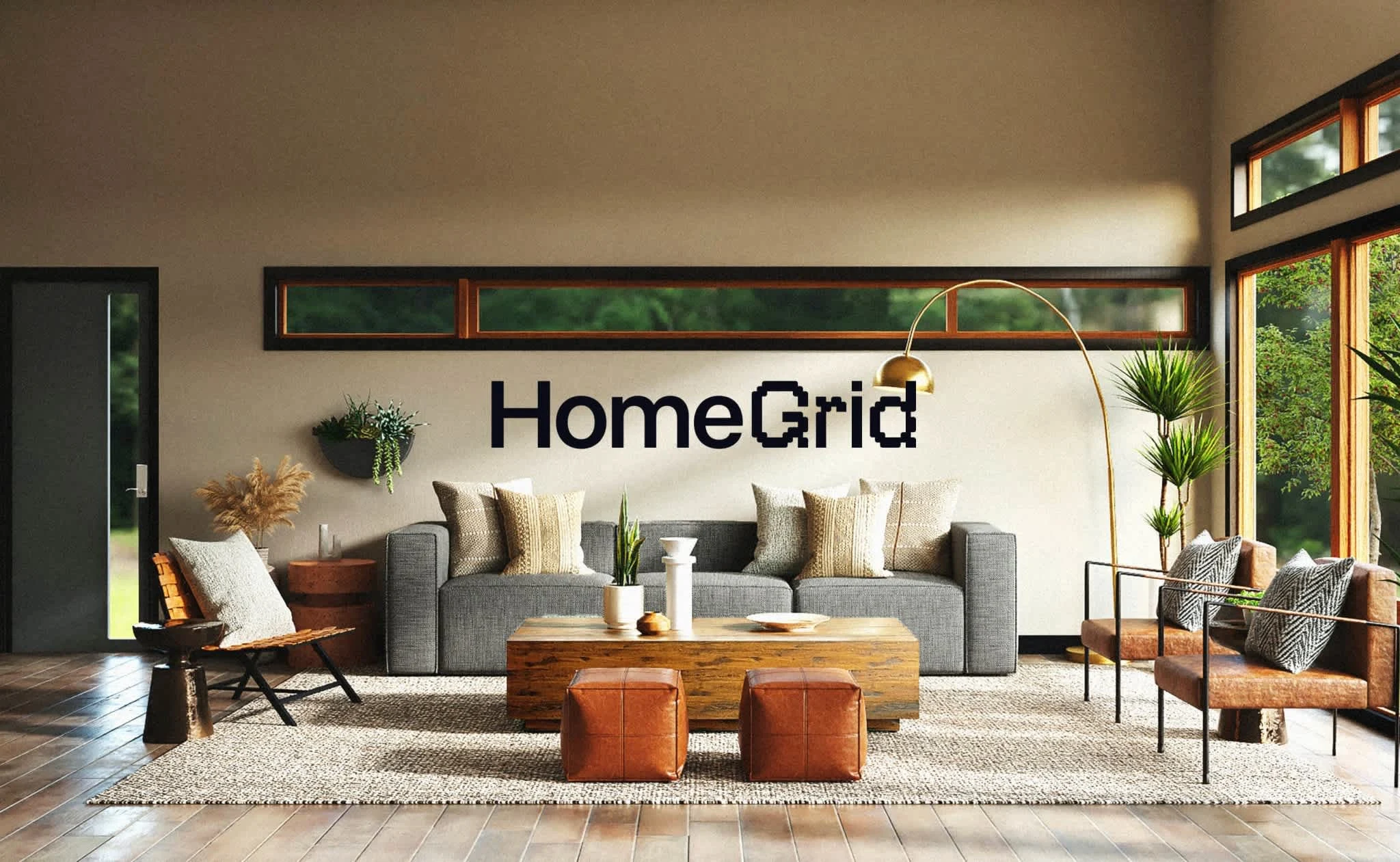
My Bachelors project has been an explorative and challenging approach to current smarthome systems focus on voice as well as traditional monitors or displays as main human-system-interaction points.
The hypothesis to prove has been that—especially from 2020 onward, after the covid-induced skyrocketing of our alls screentime—smarthomes were way to often solely communicating via our phones or even additional screens in our homes.
Part of the project has been a survey with over 100 participants from different demographics as well as socioeconomic status which had proven the "feeling" that developed during and after covid of rising screen time and further gave a good starting point for my product development strategy. The survey was collected on a custom website and by using SPACE10s "conversational form".
Based on the surveys results, as well as personal research on current systems, I choose to develop two displays (»Make« devices) as well as two sensoric (»Sense«) devices, to gather and communicate— one for air quality and one for ambient light measurements, as both of these values correlate tremendously with our physical and mental wellbeing.
To keep the projects scope realistic for the amount of time available i designed just a few devices which could later on be accompanied by further values as well as more products for the same line-ups.
Bridge X1
The system features a bridge to gather, calculate and distribute the values from and to the different devices and hubs like Apples HomePod Minis or similar. A workflow for implementing each device into the hub and homekit also is provided as part of the device-setup.
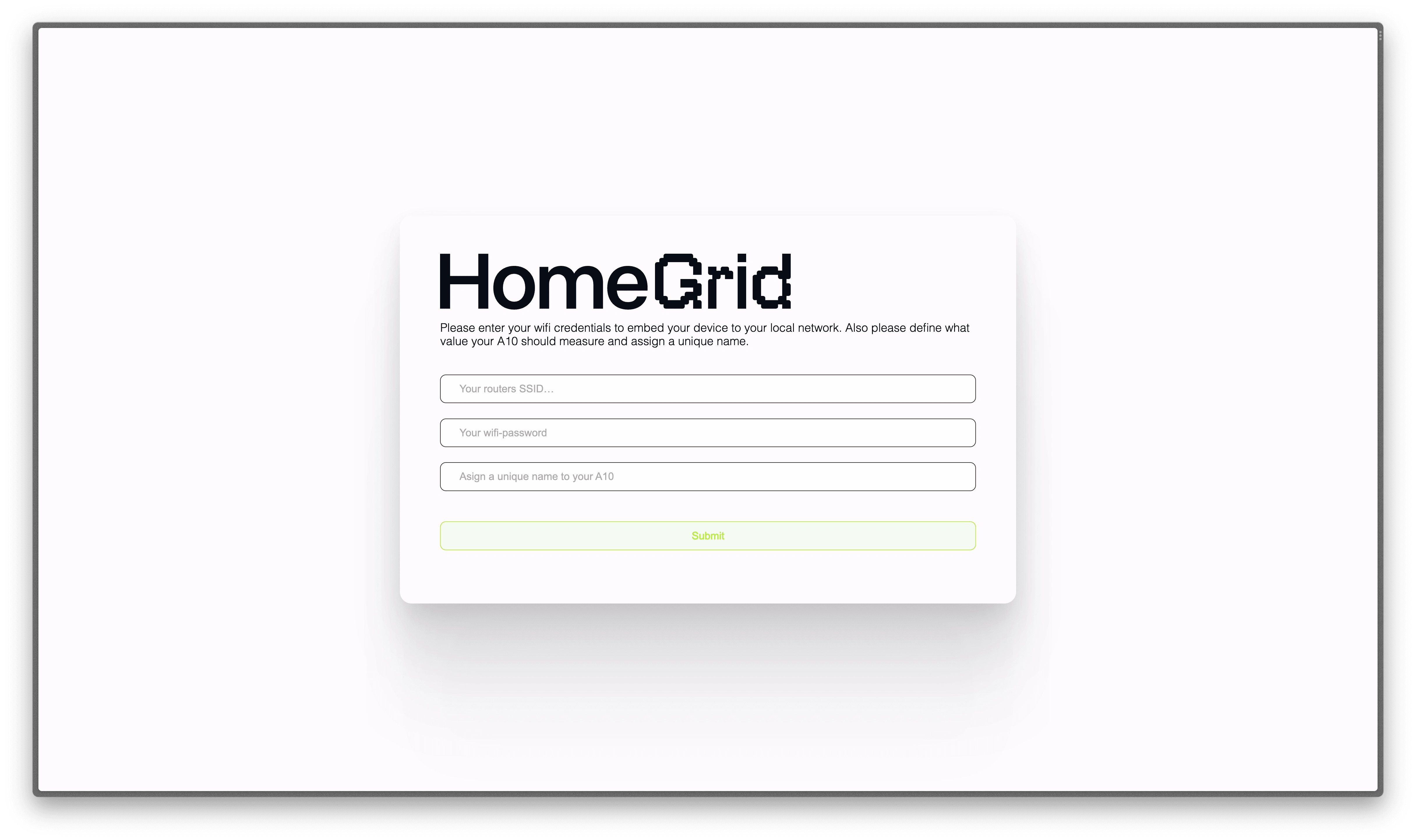
Ambient Light
Sense + Make L10
To communicate the offset of current artificial light in comparison to natural, ambient light I developed the Make L10, working like a "reverse" light-switch. Instead of using the switch to turn on or off the light, the switch adapts it's position to the measured values. The system also adjusts the artificial light to match the ambient light, which massively benefits the circadian rhythm, as light is the most important time indicator for our body.
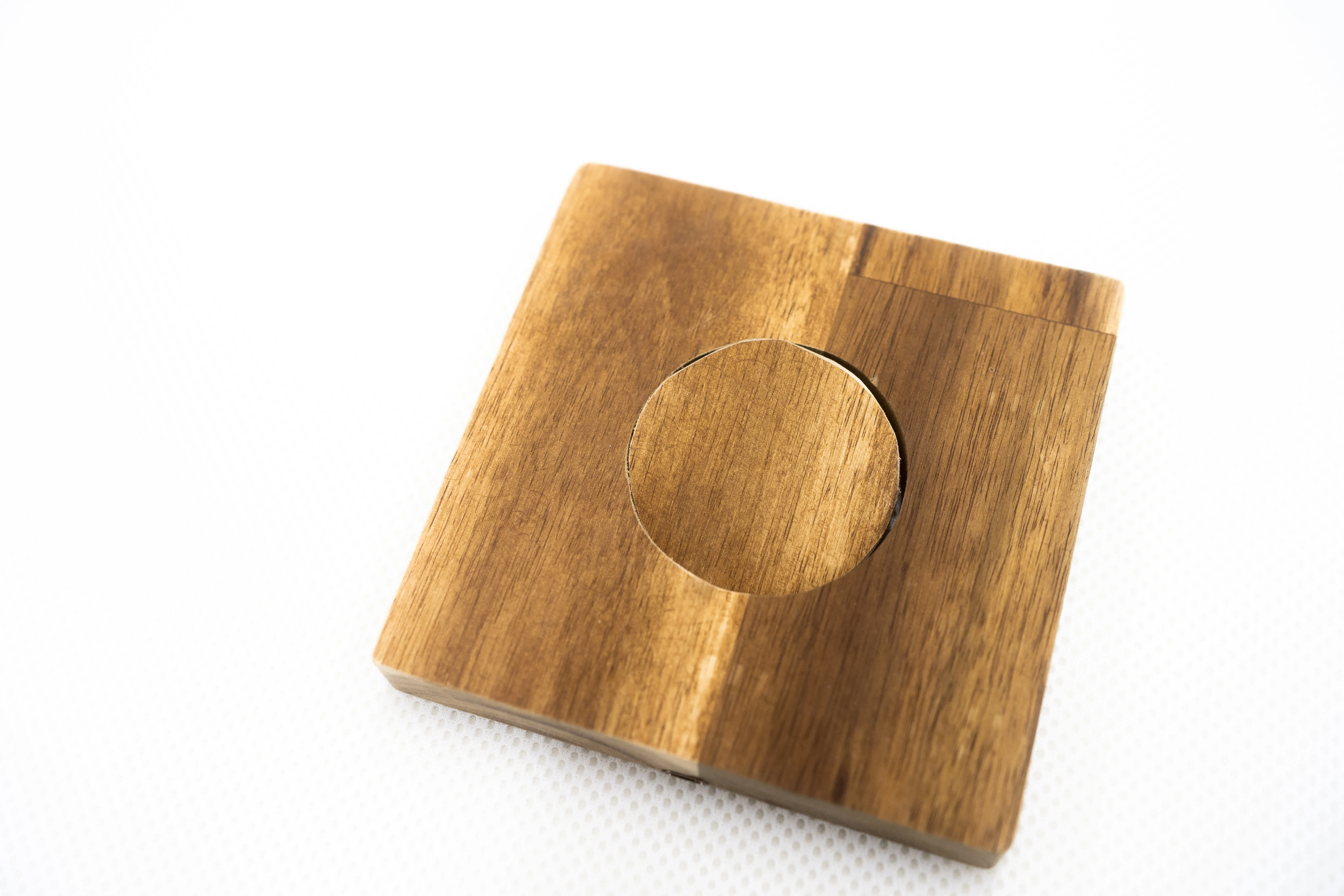
Air Quality
Sense + Make A10
Air quality is an obvious indicator for our mental wellbeing, helping us to stay focus, concentrated and mentally awake. During covid we all learned the importance of fresh air in terms of diseases, but good indoor air quality should be the goal at workplaces, schools and even our homes.
Make A10 consists of an 16x16 LED Matrix hidden in an picture frame and blurred by an acrylic sheet and mesh-fabric to generate a smooth and natural gradient— Shy-Tech at its best. The warmth of the color displayed mirrors the temperature of the room, the color being green, white or red indicates the air quality (IAQ), and the speed of which the gradient morphs and animates visualizes the humidity of the room. This form of Data-Viz allows for very quick reading at a glance as well as to subconsciously perceive the air quality in form of light, as the Gradient illuminates the room and area where it's placed.
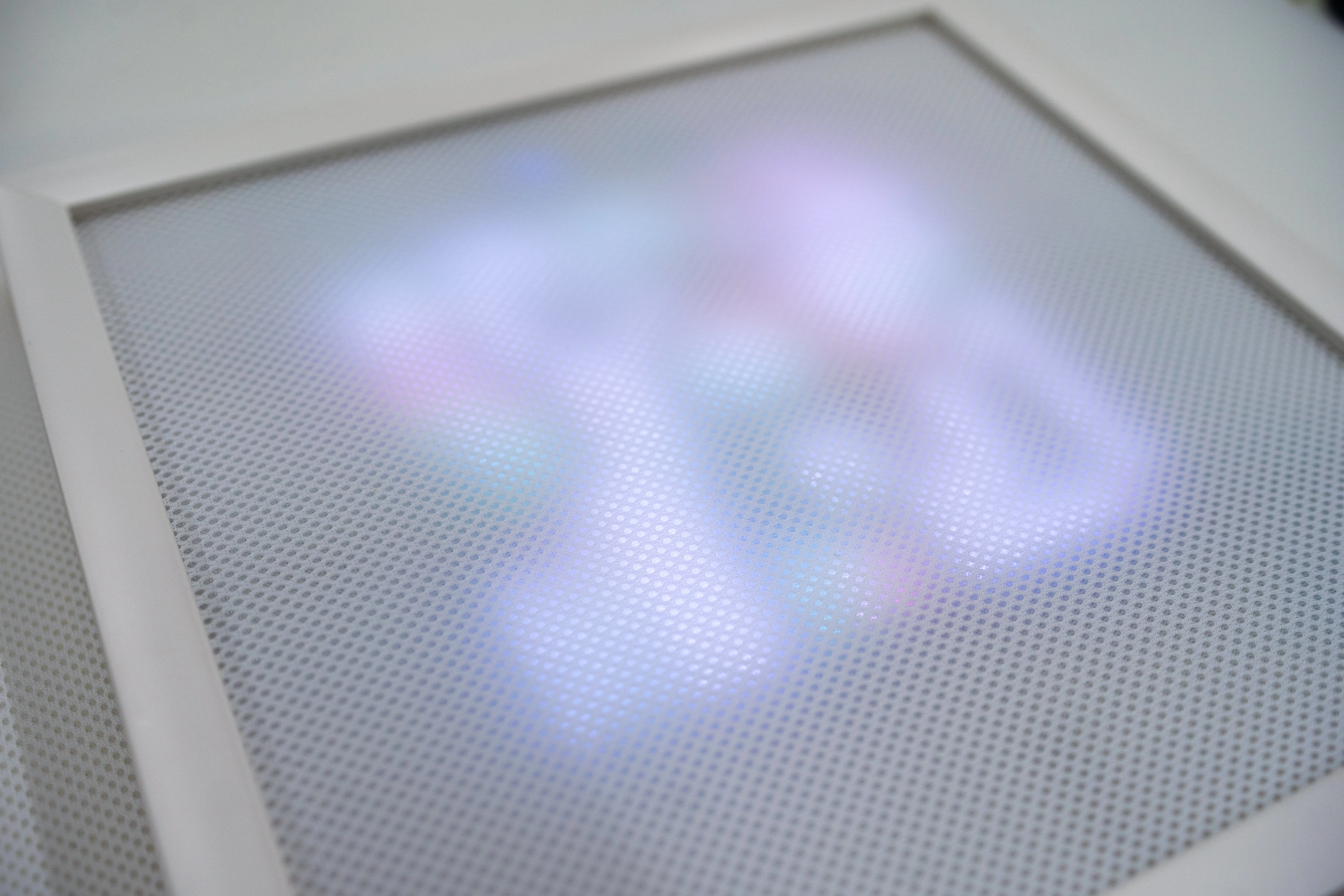
As this project took place right before broader implementation of the new smarthome standard »matter«, this set of devices as is only works with Apples HomeKit as well as optional custom mqtt-services if necessary due to personal hardware availability.
Like this project
Posted Oct 10, 2024
"HomeGrid" has been an explorative and challenging approach to current smarthome systems focus on voice as well as displays as main interaction points.




